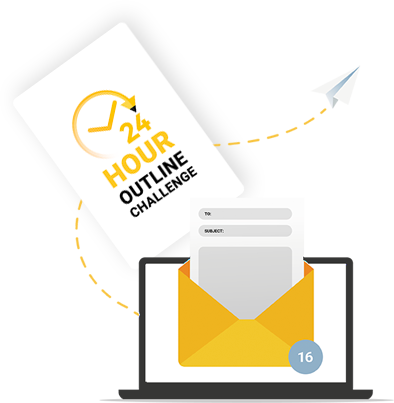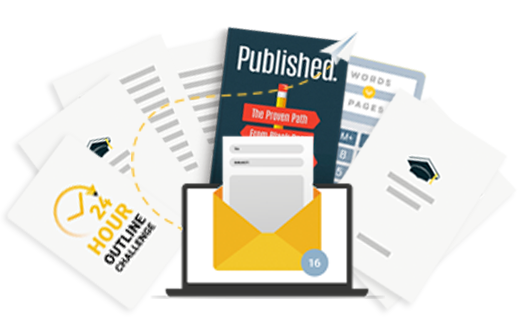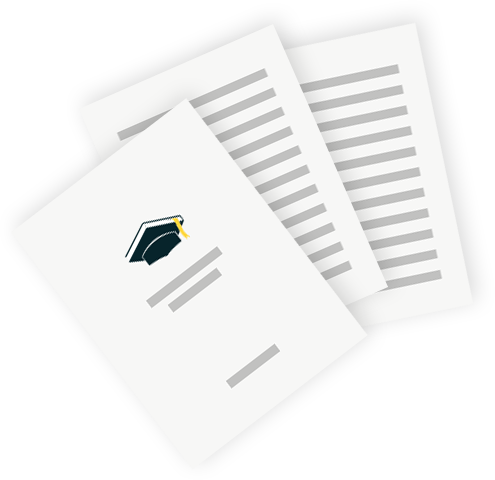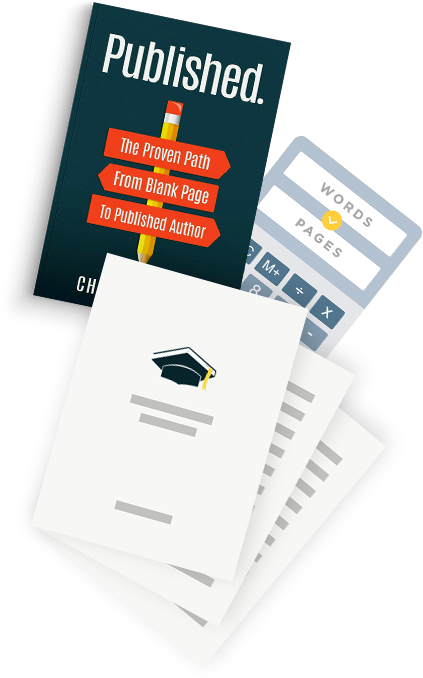Good storytelling isn’t just about your characters, settings, and themes; the clarity, style, and readability of your writing are equally important. That’s why editing is so important. During the editing phase, you’ll polish your ideas and how you present them so your audience can more easily understand your meaning.
Whether you choose to self-edit using an automated grammar checker or engage a professional for this important part of the writing process, it’s important to be familiar with the stages of editing and what each entails. Most writing needs to go through every stage of editing before being published.
While there isn’t one set editing process that every writer follows, most professionals agree that there are four main stages of editing: story editing, line editing, copy editing, and proofreading. Sometimes line editing and copy editing are confused or conflated but they are two distinct stages. Line editing focuses on the style of your writing, whereas copy editing focuses on the mechanics of your writing.
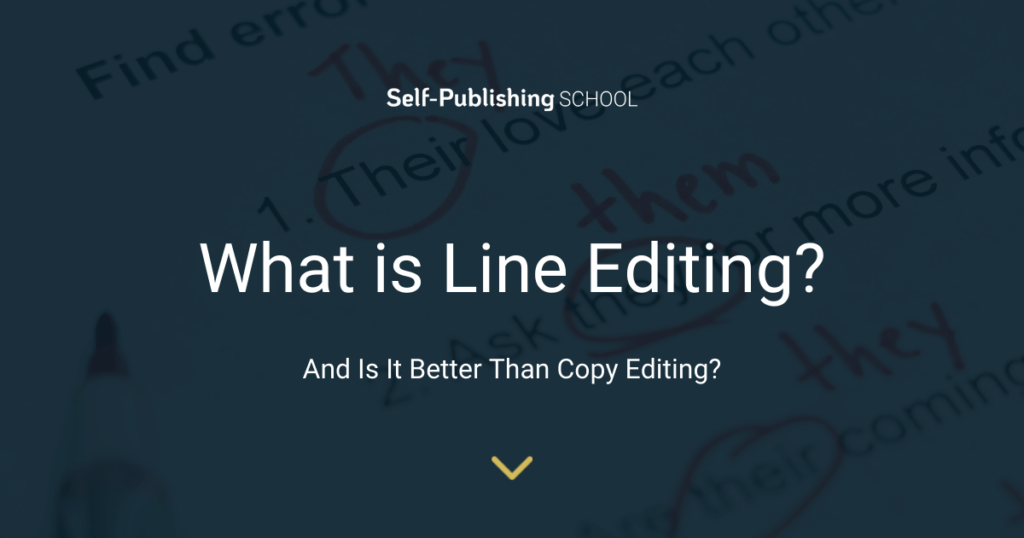
In this article, we’ll look at the differences between line editing and copy editing so you can have a better understanding of both.
What is Line Editing?
Line editing comes after the story/substantive edit. During the story edit (also known as the developmental edit), you’ll examine the key ideas and themes in your work. Once you finish your story edit, it’s time to focus your attention on how you communicate your ideas. That’s where line editing comes in.
During this stage, your goal is to be as clear as possible by going line by line to look at the content, style, tone, and consistency of your writing. Line editing is also called stylistic editing as it focuses specifically on your content and the flow of your sentences versus the mechanics.
During line editing, you will comb through your manuscript to identify opportunities to elevate your writing and explain your ideas more clearly.
Line Editing vs Copy Editing
Many people confuse line editing and copy editing; however, the two stages are distinct and important. Neither stage is better than the other—both are key parts of finalizing the language in your manuscript.
Line editing comes before copy editing and is more focused on the stylistic construction of your story. Copy editing is more focused on the mechanics of your writing. Let’s look at an example to better understand the difference.
Miranda gazed out over the bustling; hustling city. She felt so excited by the constant movement of the people below her.
A line editor would look at these two sentences and ask questions like “Is bustling, hustling redundant?” and “Should we switch the second sentence to active voice?” A copy editor would look at those sentences and correct the misused semicolon.
Both line editors and copy editors approach work line by line. However, they are looking for two different edits.
What Happens During a Copy Edit
During the copy-edit phase, keep an eye out for the following errors:
- Language errors, including missing or misused punctuation, grammar errors, and misspelled words
- Consistent hyphenation, fonts, and capitalization
- Formatting and usage of numbers, acronyms
- Adherence to a specific style guide
- Consistency in tense usage
- Layout on the physical page, including line breaks, indents, headings, footers, titles, etc.
Line editing and copy editing are critical to the writing process. Both stages work together to polish your manuscript and ensure that you’re using language effectively.
How To Line Edit
Now that we know the difference between line editing and copy editing, let’s get into what happens during the line editing stage.
As a reminder, you don’t have to be a professional to carry out a line edit. You can perform your own line edit and then contact a professional editor who will offer their personal recommendations on how to improve the readability of your manuscript. If you struggle to catch these types of errors yourselves, an editing tool can help.
The purpose of line editing is to make your ideas more concise and clear by re-examining and rewriting your sentences. Before we get into the actual how-to of line editing, let’s look at a few questions you should ask during your line edit:
- What is the tone of this passage? Do the words I’ve chosen convey that tone?
- Are there any extra words, redundancies, or needless information I can remove?
- Do the words I’ve chosen help my reader understand my meaning or get in the way of their understanding?
- Do I use language in a precise and clear way?
If you’re line editing on your own, the process may be awkward in the beginning. We’ve identified some common mistakes found in line editing and how to fix them.
1. Unnecessary words, sentences, and paragraphs
Extra words can disrupt the flow of your sentences and the overall reading experience. The goal is to ensure your writing is clear, concise, and easy to read.
Read your sentences out loud to see if they read smoothly. If they read awkwardly, try removing some words to see if that improves the flow.
Vigorous writing is concise. A sentence should contain no unnecessary words, a paragraph no unnecessary sentences, for the same reason that a drawing should have no unnecessary lines and a machine no unnecessary parts.
William Strunk, author of The Elements of Style
2. Misconstrued sentences and paragraphs
Writers are sometimes the victims of their own ideas. Their sentences can go on and on, but misconstrued sentences only alienate the reader because the writing is hard to follow.
Construct your sentences and paragraphs in a way that’s easy to follow. You can make your work clearer by varying your sentence lengths. Cut down long sentences specifically to separate your thoughts and offer your readers one concept to take in. When you give readers too much to assimilate per sentence, you risk losing them.
3. Weak verbs
Verbs are the most powerful elements of language–use them to say exactly what you mean. Don’t use a weak verb and then try to give it power with an adjective. For example:
- Weak verb – James ran to school.
- Weak verb + adverb – James ran quickly to school.
- Strong verb – James sprinted to school.
Strong verbs add movements to your sentences and bring them to life. Don’t be afraid to play around with your sentences to see what works. You can always grab your thesaurus to replace any weak verbs you come across.
4. Redundancies
It’s easier to hold your readers’ interest if they feel engaged. Many writers have echoes or repeats in their work that they’re not even aware of. You risk boring your reader if they keep experiencing déjà vu while reading, and they may lose interest altogether. Remove any repetitive sentences or paragraphs so there’s no duplication.
5. Use of clichés
Writers often use clichés when they are working on their first draft because thinking up original wording takes time and can interrupt creative flow. That’s fine. But when you go back to edit, be creative and brainstorm for fresh ideas. Instead of using clichés, create fresh metaphors.
Never use a metaphor, simile, or other figure of speech which you are used to seeing in print.
George Orwell
Tools to Help You Edit More Efficiently
Line and copy editing can be iterative processes that take several rounds. Using software like ProWritingAid can help you make needed edits to your work in a timely and cost-effective way. Editing software can find errors and improvements you might have missed by yourself.
ProWritingAid searches out elements such as repetitiveness, vague wording, sentence-length variation, over-dependence on adverbs, passive voice, over-complicated sentence constructions, and so much more.
Conclusion: How Important is Line Editing?
Both line and copy editing are important in refining your manuscript. During the line-editing stage, you will examine each line of your writing to make sure you’ve used language in a way that clearly and concisely conveys your ideas.
The process of line editing can also help you improve your writing. Whether you self-edit or get professional help, you’ll become more aware of the errors you make, which will make your next story even better than the last.
